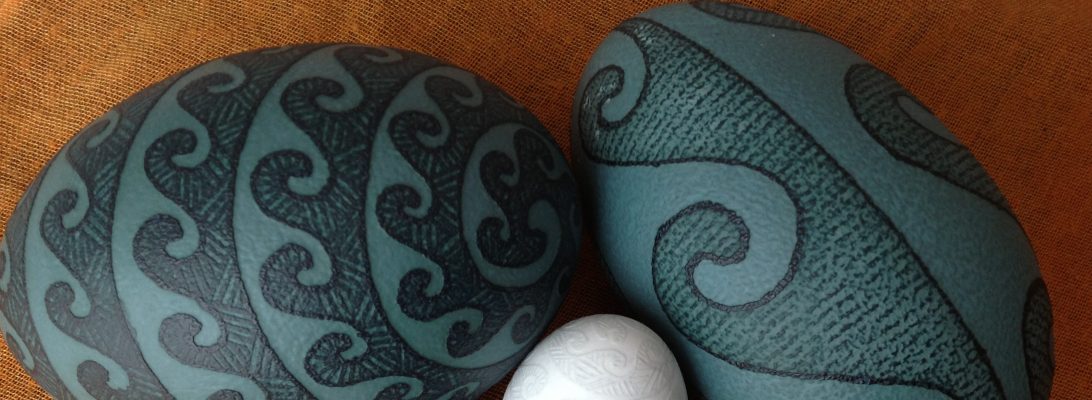
This is the second of the brazilwood eggs I completed, and I quite like it. The first dye here is yellow (rather than white, which is quite unusual) it’s applewood chips with alum, then red is brazilwood with alum, then black is logwood with iron, and then vinegar etch to white. Kulzhynsky IX-4 (586), rozheva (“of rosette, or rosette-like”), village Chudnovtsi, Lubny area, Poltava governorate, 1894. At that time it would have probably been etched with kvas (fermented sour liquid made of vegetables or grains), I etched this one with household vinegar.

applewood yellow








 Made this egg few weeks ago, when sappan wood dye was still fresh. Brown chicken egg, etched with vinegar, then sappan wood. Inspired by Natalie Kit and her brown eggs that I saw at Pysanky Toronto.
Made this egg few weeks ago, when sappan wood dye was still fresh. Brown chicken egg, etched with vinegar, then sappan wood. Inspired by Natalie Kit and her brown eggs that I saw at Pysanky Toronto.
